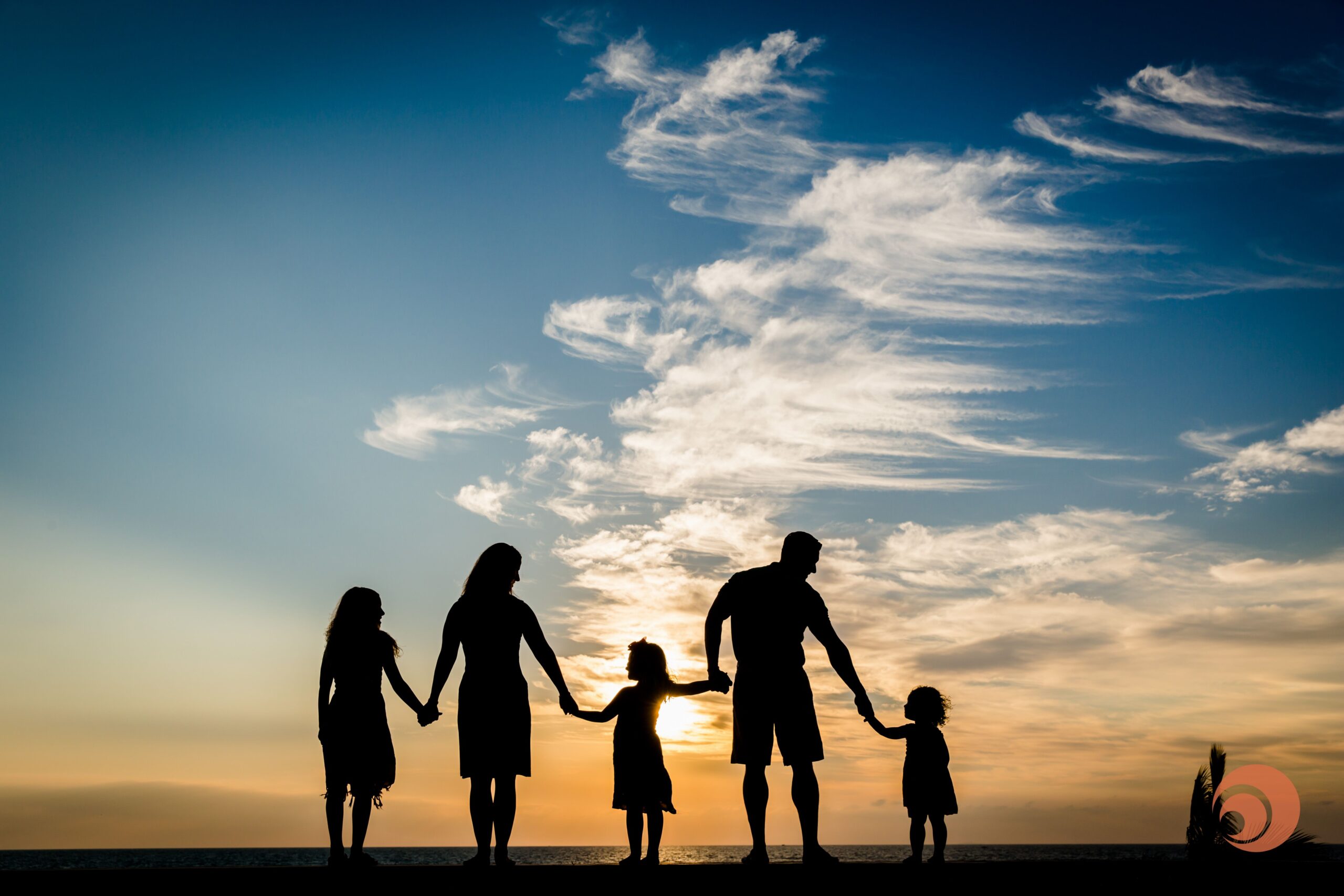Sex Education in Public Schools: A Global Perspective
Sex education in public schools: a global perspective
Sex education remain a topic of significant debate worldwide, with countries take immensely different approaches to implement these programs in public schools. While some nations have established comprehensive mandatory sex education, others leave it optional or avoid the subject solely. This article explores which countries require sex education in public schools and examine the various approaches to this important aspect of education.
Countries with mandatory sex education
European leaders in sex education
Several European countries stand at the forefront of mandatory sex education programs:
The Netherlands
The Netherlands have one of the well-nigh comprehensive and farseeing stand mandatory sex education programs globally. Dutch schools begin teach age appropriate sex education to children axerophthol young as four years old. The curriculum, know as” spring fever, ” ntroduce concepts gradually, begin with body awareness and appropriate touching, and progress to more complex topics like contraception and sexual health as students age.
This approach has contributed to theNetherlandss have one of the lowest teen pregnancy rates in the world and high rates of contraceptive use among young people. TheDutchh model emphasize respect, consent, and healthy relationships alongside biological information.
Sweden
Sweden make sex education mandatory in all schools in 1955, become the first country in the world to do hence. Swedish sex education cover biological aspects, relationships, gender equality, and LGBTQ+ issues. The curriculum start in elementary school and continue throughout students’ education.
The Swedish approach focus on empower young people to make informed decisions about their bodies and relationships. Teachers receive specialized training to deliver this content efficaciously and sensitively.
Germany
Germany require sex education in all schools across its 16 federal states. The curriculum typically begins around age 9 and continue through secondary school. German sex education emphasize both biological and emotional aspects of sexuality, include consent, sexual diversity, and family planning.
Parents can not opt their children out of these classes, as the German courts have rule that sex education is essential for children’s development and protection.
France
France mandate sex education with at least three annual sessions for students age 6 15. The French approach integrate sex education across various subjects instead than treat it as a standalone course. The curriculum cover biological aspects, relationships, gender equality, and sexual health.
Recent reforms have strengthened these requirements to address issues like consent, online pornography, and gender base violence.
Asia pacific region
Japan
Japan require sex education as part of health and physical education courses. The Japanese curriculum focus principally on biological aspects and reproductive health. Yet, implementation vary importantly across schools, with some provide more comprehensive education than others.
Recent reforms aim to modernize the curriculum to address contemporary issues like consent and online safety, though these changes are being implemented gradually.
Australia
Australia have mandatory sex education in public schools across all states and territories, though the content and approach vary by jurisdiction. The national curriculum include relationship and sexuality education within health and physical education.
Australian sex education typically begins in primary school with age appropriate content and become more comprehensive in secondary school. Topics include reproductive health, relationships, consent, and sexual diversity.
North and South America
Canada
In Canada, education is regulated at the provincial level, but most provinces require some form of sex education in public schools. Ontario,Quebecc, andBritish Columbiaa have especially comprehensive programs.
The Canadian approach broadly includes topics like human development, sexual health, relationships, and personal skills. Notwithstanding, parents in some provinces can request exemptions for their children.
Uruguay
Uruguay stands out inLatin Americaa for its mandatory comprehensive sexuality education, implement since 2008. TheUruguayann program begin in early childhood education and continue through secondary school, cover biological, psychological, social, and ethical dimensions of sexuality.
This progressive approach has contributed to improve sexual health outcomes, include reduce teen pregnancy rates and increase contraceptive use among young people.
Countries with partial or regional requirements
United States
The United States has no federal mandate for sex education. Requirements vary dramatically by state, create a patchwork of approaches:
- 24 states and the District of Columbia mandate sex education
- 34 states and DC require HIV education
- Merely 17 states require that sex education content be medically accurate
- 39 states require that abstinence information be provided, with 28 require that abstinence be stress
States like California, Oregon, and Washington have comprehensive requirements, while others focus mainly on abstinence or leave decisions exclusively to local school districts. This inconsistency creates significant disparities in the quality and content of sex educationAmericann students receive.
United Kingdom
Relationships and sex education (rRSE)become mandatory in all schools in enEnglandn 2020. Scotland, wales, and noNorthern Irelandave similar requirements with regional variations. The ukUKurriculum cover relationships, online safety, consent, sexual health, and family planning.
Parents can request to withdraw their children from some aspects of sex education until age 15, but relationship education remain mandatory for all students.
India
India have no national mandate for sex education, though some states have implemented programs. The national education policrecommendsnd age appropriate sex education, but implementation vary wide across states and schools.
States like Maharashtra and Kerala have more comprehensive programs, while others have minimal or no sex education. Cultural and religious considerations importantly influence the content and availability of sex education in Indian schools.
Key components of effective sex education programs
Age appropriate content
Countries with successful sex education programs tailor content to students’ developmental stages. Early education focus on body awareness, appropriate touching, and family structures. As students mature, the curriculum expands to include puberty, reproduction, contraception, and healthy relationships.
This graduated approach allow students to build knowledge increasingly without overwhelm them with inappropriate information.
Comprehensive approach
The well-nigh effective mandatory programs go beyond biological facts to address:
- Emotional aspects of relationships
- Consent and personal boundaries
- Gender equality and respect
- Sexual orientation and gender identity
- Media literacy and critical thinking about sexual content
- Prevention of sexually transmit infections
- Family planning and contraception
This holistic approach prepare young people for make informed decisions about their sexual health and relationships.

Source: blog.ipleaders.in
Teacher training
Countries with successful sex education programs invest in specialized training for educators. Teachers need both content knowledge and pedagogical skills to address sensitive topics efficaciously. In countries like Sweden and the Netherlands, teachers receive ongoing professional development in sex education.
Without adequate training, yet easily design curricula may not achieve their intended outcomes.
Impact of mandatory sex education
Public health outcomes
Research systematically show that comprehensive sex education correlate with positive public health outcomes:
- Lower rates of unintended pregnancies
- Reduced transmission of sexually transmit infections
- Afterward initiation of sexual activity
- Increase contraceptive use among sexually active youth
Countries with proficient stand mandatory programs, like the nNetherlandsand sSweden demonstrate importantly better adolescent sexual health metrics compare to countries with inconsistent or abstinence focus education.
Social and emotional benefits
Beyond physical health, comprehensive sex education promotes:
- Healthier relationships base on mutual respect
- Improved communication skills about consent and boundaries
- Reduced gender base violence and sexual harassment
- Greater acceptance of sexual diversity
- Enhanced body image and self-confidence
These outcomes contribute to broader social well-being and gender equality.
Challenges and controversies
Cultural and religious considerations
Eve in countries with mandatory sex education, cultural and religious perspectives influence implementation. Some communities express concerns about values base content or fear that sex education might encourage sexual activity.
Successful programs address these concerns by engage parents and community leaders in curriculum development and implementation. Many countries will allow parents to will review materials and will provide transparent information about what will be taught.
Balance parental rights and public health
Countries take different approaches to balance parental authority with public health priorities:
- Some nations like Germany and the Netherlands do not permit opt-outs
- Others like the UK and parts of Canada allow partial exemptions
- Many countries engage parents through information sessions and curriculum previews
Find this balance remain challenge in diverse societies with vary perspectives on sexuality education.
Implementation challenge
Eve when sex education is lawfully mandated, implementation face practical challenges:
- Limited teacher training and comfort with the subject
- Compete academic priorities and limited classroom time
- Inadequate resources and teaching materials
- Monitoring and quality assurance across diverse school settings
These challenges explain why some countries with nominal requirements yet struggle to deliver effective sex education systematically.
Emerge trends in mandatory sex education
Digital literacy integration
Modern sex education progressively address online aspects of sexuality, include:

Source: statista.com
- Critical evaluation of online sexual content
- Digital safety and privacy
- Sexting and online relationships
- Recognize and respond to online sexual harassment
Countries like Denmark, Finland, and Estonia lead in integrate digital literacy with sex education.
Consent focus curricula
Many countries are strengthened their focus on consent education in response to grow awareness of sexual violence. These programs teach students to:
- Recognize and respect personal boundaries
- Communicate clear about consent
- Understand that consent must be enthusiastic and ongoing
- Identify power dynamics in relationships
Sweden, Canada, and Australia have been specially proactive in develop consent focus curricula.
Inclusive education
Progressive sex education programs progressively address diverse gender identities, sexual orientations, and family structures. This inclusive approach aim to:
- Reduce bullying and discrimination
- Support LGBTQ+ students’ wellbeing
- Prepare all students for respectful interactions in diverse societies
Countries like Sweden, the Netherlands, and Canada lead in LGBTQ+ inclusive sex education.
Conclusion
The global landscape of sex education requirements reveal significant variations in approach and implementation. European countries like the Netherlands, Sweden, and Germany stand out for their longsighted stand, comprehensive, and mandatory programs. These countries demonstrate that when implement efficaciously, sex education correlate with positive public health outcomes and healthier relationships.
Meantime, many countries continue to navigate complex cultural, religious, and political considerations in determine how to address sexuality education in public schools. The trend, notwithstanding, points toward increase recognition of sex education as an essential component of public education, with more countries move toward mandatory requirements.
As research continue to demonstrate the benefits of comprehensive, age appropriate sex education, more nations may join the ranks of those require these programs in public schools, potentially improve sexual health outcomes and relationship skills for future generations.



